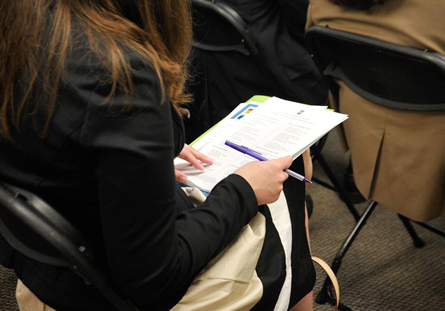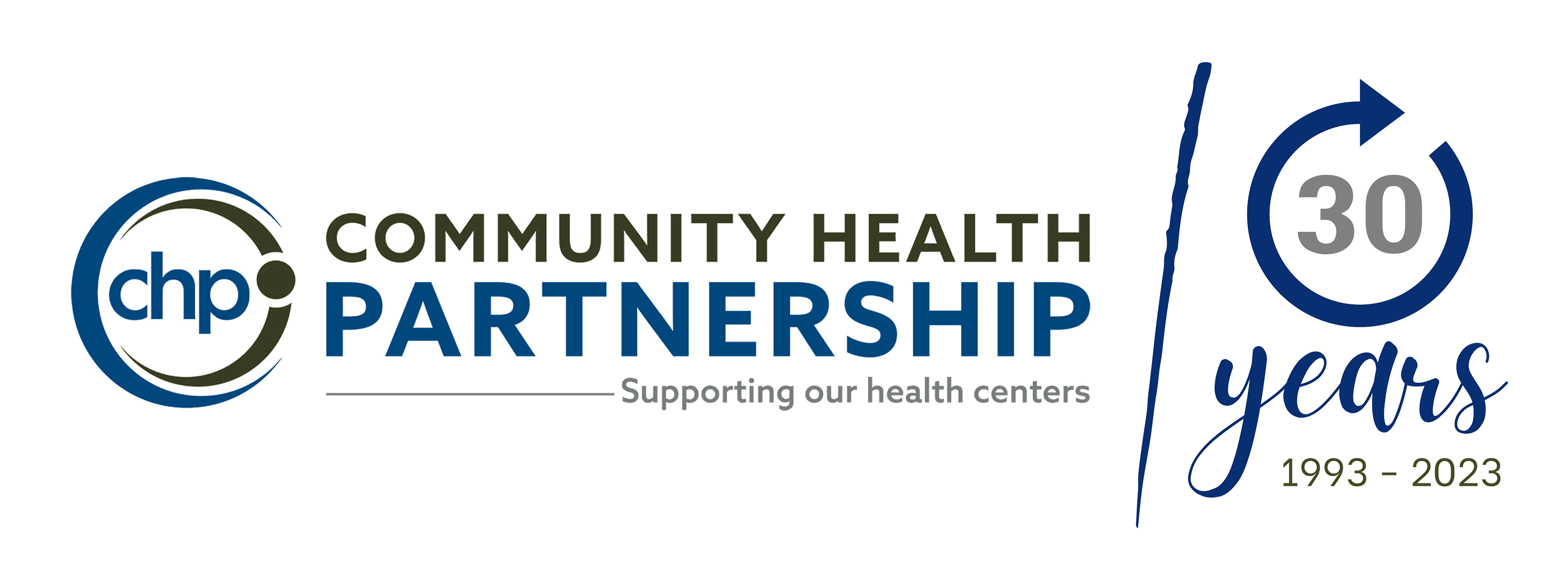- August 13, 2015
- Posted by: Elizabeth Myers
- Category: Featured

Happy National Health Center Week 2015!
Last year, Community Health Partnership celebrated our 21st year of incorporation with an awards event to honor community champions and exceptional health center staff. A notable highlight of the event was a speech given by Bob Brownstein, Policy Director of Working Partnerships USA, as he walked the audience through an important history lesson of the deep ties between the Community Health Center Movement, and the Civil Rights Movement. I thought it would be a great idea to finally post a copy of Bob’s speech…as a way to commemorate National Health Center Week online, and to re-live his words of wisdom with all of you.
Good morning.
I’m proud and honored to be the emcee for this 21st anniversary of the Community Health Partnership, an organization for whose mission and practices I have truly boundless respect.
Anniversaries are a time for reflection… a time to remember vows and commitments. These may involve explicit ceremonies as at the marriage alter or they may be more private – such as the ones that organizations make when they dedicate themselves to the well-being of the poor and powerless and that individuals make when they devote their working lives to those organizations.
It is, therefore, appropriate for us to take a few moments this morning to pause and reflect on the commitments that led to the genesis of community health centers. Out of what set of values and traditions were these centers born? What kinds of people first brought them into being? What did these founders stand for?
In fact, community health centers were created out of the American civil rights movement in the 1960’s. The centers were and are connected to civil rights in two important ways. First, actual civil rights workers launched the vision of the centers and the first centers, themselves. Thus, community health centers and civil rights are connected through a common history. Secondly, the mission of community health centers, the basic work they do, is an expression of a civil rights ethic.
Let’s look deeper at both connections.
Dr. Jack Geiger is recognized as one of the true early pioneers of the community health center movement. Geiger went to Mississippi as part of Freedom Summer in 1964; he was a member of the Medical Committee for Human Rights – a group to provide medical services to civil rights workers.
So how did he move from being a medic for community organizers to the founder of the first community health centers? Where did the idea for the centers come from? It came from South Africa. While at medical school. Geiger got a scholarship to study and work at the Pholela Health Center in Zululand. That was one of more than 70 such centers in South Africa serving Africans, Indians, and some poor whites. This experience changed Geiger’s life. It showed him how the denial of health care was an instrument of political and economic oppression. And it revealed a strategy to empower people to both secure health services and challenge that oppression at the same time.
As an aside, it also demonstrated the way that that human campaigns for justice around the globe are inter-related. I like to imagine that a child that received health care at one of the first community health centers that Geiger founded in the mid-1960’s – based on the South African model – grew up to march in demonstrations in the United States in the 1990’s to support the African National Congress’s campaign to overturn apartheid.
With the initiation of Lyndon Johnson’s War on Poverty in 1964 and the passage of the Economic Opportunity Act, funding became available for an initial two community health centers – one in Boston and one in Mound Bayou, Mississippi. The Mississippi Center was by far the more difficult one to launch. The oppressor as well as the oppressed can recognize the liberating effects of access to health care. As Geiger commented later, “they (that is, the institutions of Jim Crow) recognized that this was a very different model and it would directly empower impoverished black populations as partners in the delivery of their own health services, thus bypassing all the gatekeepers and mechanisms of control that the white power structure had up until then exercised.”
Here Geiger is expressing the second basic connection between Community Health Centers and Civil Rights. Back in the Declaration of Independence, the founders of the United States recognized the inalienable right to life – as well as to liberty. Health care is indispensable to both life and liberty. Illness can destroy life… can render people helpless… it can deny them the freedom to exercise the pursuit of happiness. By providing health services to the poor, community health centers directly provide people with the necessary preconditions for enjoyment of those inalienable rights that the declaration enumerated.
Moreover, community health centers do this in a manner that can strengthen and empower otherwise vulnerable families. To receive care at a community health center, no one need be dependent on the authorization of the local elites. You cannot be denied services because you spoke up at a city council meeting or signed a petition. You can even visit the clinic to get a bandage for the cut on your head you got at a disputed picket line. Indeed, simply the knowledge that the clinic is there, open, ready and able to provide care emboldens people to stand up for other rights.
And there is a more subtle, but highly significant, relationship between community health centers and civil rights. By providing health care to low income constituencies community health centers affirm their value of their patients as people. To hold groups down, it is important to convince them that they are without value. It’s necessary to make them believe that they are second-class. But there are no second class doors in a community health center. Whenever a doctor or nurse or technician or health coach or manager provides high quality services to a low income family they are expressing a defiant repudiation of the claim that some of us are fundamentally lower class. At community health centers, every patient is affirmed as a person worthy of the best medical services the center can provide. In that sense, community health centers are part of the living, breathing, ongoing reality of the civil rights movement.
Federally Qualified Health Centers add one more element to this philosophy of empowerment. They are governed by a community board with a patient majority. With apologies to Abraham Lincoln, they offer health care of the people, by the people, and for the people.
The community health center movement has achieved impressive gains over the past 5 decades. From those first two clinics, the movement has grown to include 1,200 health centers at 8000 delivery sites serving 20 million people in every American state and territory. The Community Health Partnership is the embodiment of that movement – its traditions, its values, its mission – in our region.
But this connection to the civil rights movement teaches the supporters and advocates and workers and patients of community health centers some important lessons about the challenges ahead.
Civil rights are never benevolently granted or bestowed. They have to be fought for and won, and they must be sustained and defended every year, every month, and every day. The access to quality health care that low-income families receive at community health centers is challenged by governors seeking to cut budgets or by political partisans who insist the efficiency of the health care delivery system is enhanced by using prices to deny access. The effort to keep community health centers open never ends. When you are in a civil rights movement, if justice is to be achievable, then rest becomes unattainable.
Establishing, operating, sustaining, and growing community health centers is an act of struggle. And in all struggles, there are those who stand up and go beyond what is normally expected, those who take service and commitment to a higher level, and those who inspire their colleagues.
One of the most pleasant parts of an event such as this anniversary is the chance to honor some of these extraordinary people by presenting some well-earned awards. We’ll start with the CHP Service Awards. So I would like to ask Dolores Alvarado, Executive Director, of the Community Health Partnership and the awardees and their CEO’s to please come up to the stage. Dolores, herself, is a notable heroine of the community health center movement, and I can think of no one more suitable to officiate at these presentations.
